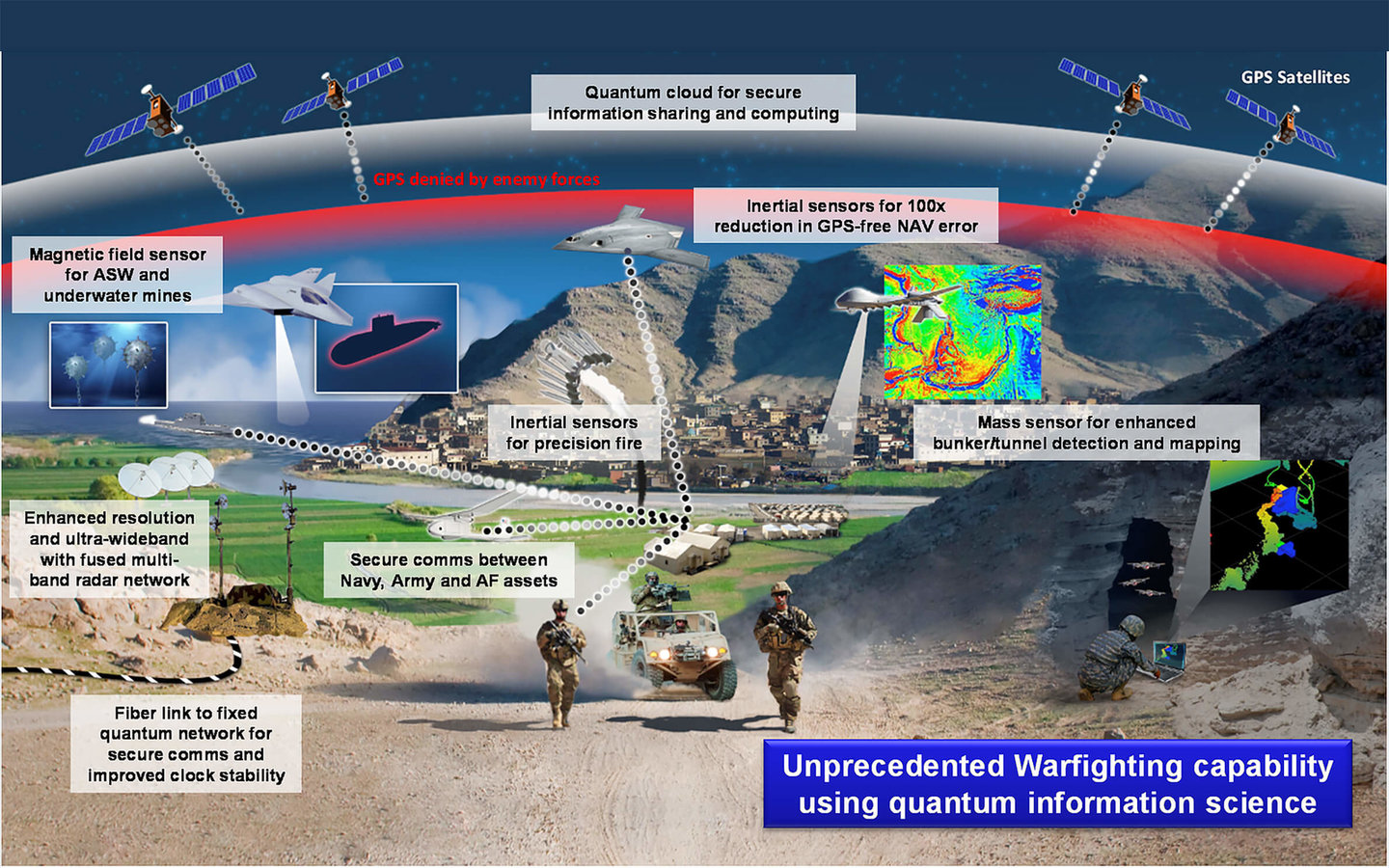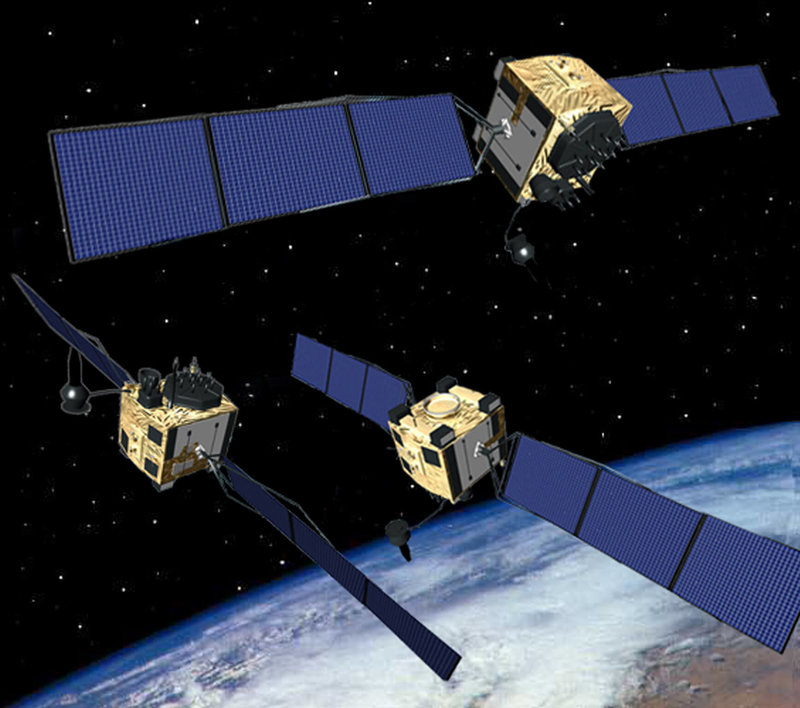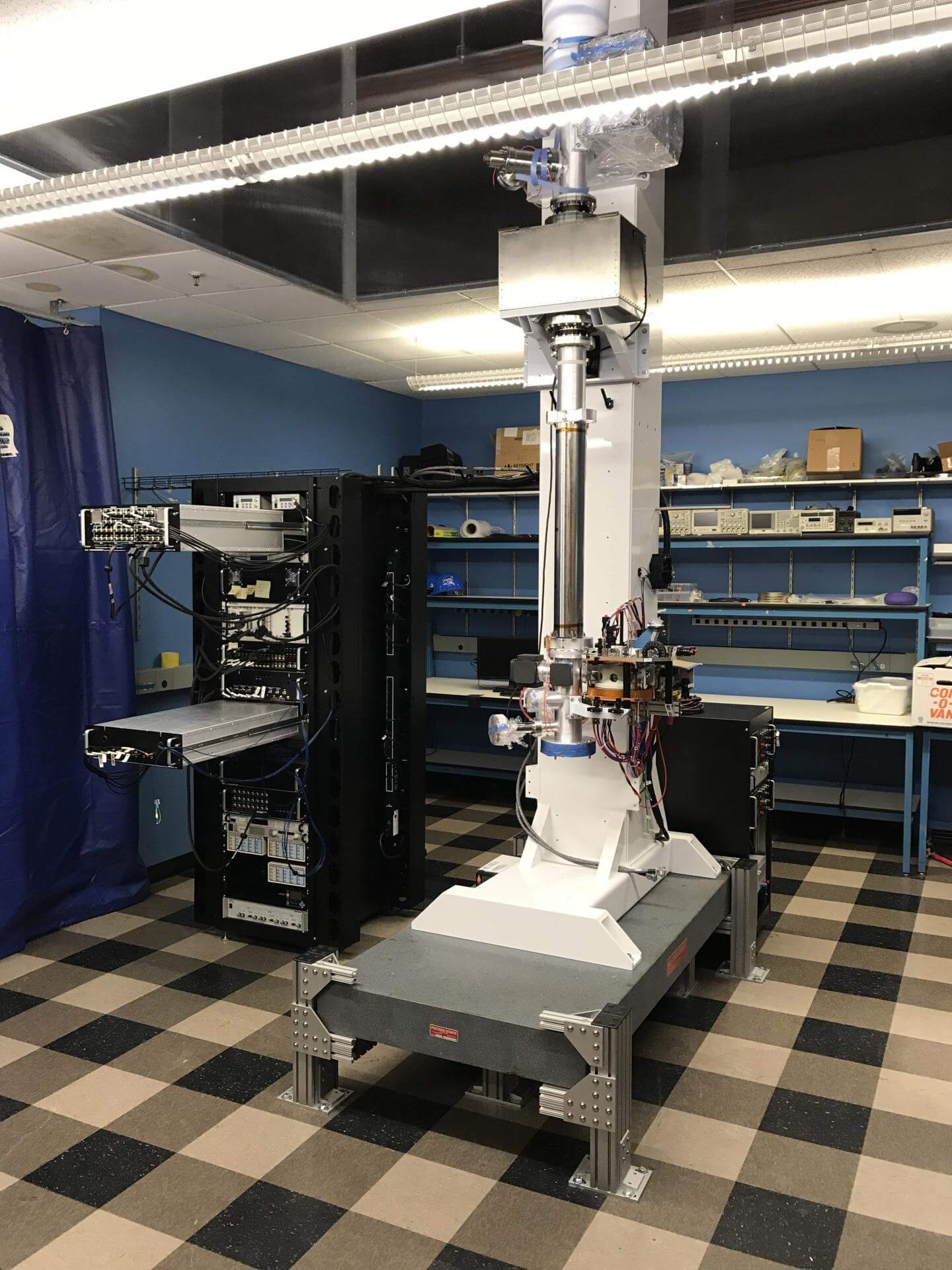land
Quantum leap: atomic sensing for the military
Quantum sensing promises to revolutionise several areas for the military, from providing highly accurate positioning data to detecting submarines in the world’s oceans. Grant Turnbull asks US Army scientists at the forefront of the research how it could be used.


Quantum mechanics has revolutionised science, exploring phenomena that cannot be explained through the laws of classical physics. The discipline was born out of early 20th century research into the nature of light and heat, which explored the behavior of atoms, photons and sub-atomic particles - and ultimately the make-up of the universe.
This research has already supported the development of several technologies including lasers, magnetic resonance imaging (MRI), transistors and microprocessors. These, however, have not fully taken advantage of the “oddities” that quantum mechanics embodies, including matter-wave duality (light being both wave and particle), as well as superposition (an atom in two states until observed). Another is “entanglement” where two or more quantum bits, or qubits, can be entangled as the measurement on one instantaneously determines the outcome of the other.
These are often referred to as their “nonintuitive” properties, which are key to quantum sensing.
“Quantum sensing uses some nonintuitive properties of nature to measure things like time, magnetic fields, gravity, or acceleration,” explains Paul Kunz, a scientist at the US Army Research Laboratory. “For instance, a grandfather clock might use an oscillating pendulum to measure time, but small particles like cesium atoms have electrons that can be coaxed to oscillate at well-defined frequencies.”
Time for a change
Cesium is used for atomic clocks and provides the primary standard for the definition of the second in the International System of Units. Rubidium can also be used for highly precise atomic clocks, and although it is considered less accurate than cesium it is inexpensive and more widely adopted.
“Because all cesium atoms or rubidium atoms are identical, they are not only very precise but their frequencies are all the same,” says Kunz. “These nonintuitive properties have applications in timekeeping and positioning, since they are used for GPS. They are also used for magnetometers that can detect submarines or munitions.”
Quantum sensors can also directly measure acceleration or rotation, which can be used to determine position in places where GPS is denied – but as yet these are still research efforts.
“Entanglement can provide quantum networks with the ability to transmit quantum information with “unparalleled security.”
“The ultimate quantum sensor will exploit a property of quantum mechanics called 'entanglement,' where many particles or photons are correlated in such a way that the signal-to-noise of the sensor is greatly enhanced,” he adds. “This unique property will also ultimately lead to capabilities that we haven't even dreamed of yet.”
Exploring the scientific frontier where quantum entanglement becomes important is a “rich and fertile ground” for discovery, according to Kunz. Continuing research work has shown how entanglement can provide quantum networks with the ability to transmit quantum information with “unparalleled security” - qubit systems cannot be copied without fundamentally disturbing them - as well as applications for sensing and metrology.

The US military sees various applications for quantum sensing, as this infographic demonstrates. Image: US Army
Excited about atoms
In October 2018, the US Army Research Laboratory revealed work it had carried out using Rydberg atoms - an atom excited to high energy levels - for electric field sensors and communication receivers.
“In this instance with the Rydberg electric field sensor, we were initially interested in Rydberg atoms' promise as a quantum repeater for transmitting quantum information over long distances, but through that work we realised their potential as a sensor for traditional classical information. So we began experiments to investigate, and are excited by the results and new possibilities that this could open up,” says Kunz.
“It boils down to the dramatic differences between our Rydberg sensor and today’s existing antenna/receiver technologies.”
“Since the atom-based antenna research is cutting edge, these technologies will continue to develop, improve, and be refined over time.”
A Rydberg receiver has several advantages including being able to operate on any frequency from DC to THZ (0 to 1,000,000,000,000 Hz), naturally integrating with optical technologies, and detecting a field without absorbing the energy. According to Kunz, traditional antennas will have use long into the future, “but such unique atom-based antennas may find use in some situations to augment them or even as an alternative”.
“Since the atom-based antenna research is cutting edge, these technologies will continue to develop, improve, and be refined over time, and they will be engineered in more robust and cost effective manners,” Kunz explains. “Initially, they would only be adopted by customers who really need this level of performance and can afford to develop them; so this means governments and defense agencies.
“But we can look at the analogy with the development of GPS, as the systems and technologies become more refined and more affordable, they will trickle down through society and can ultimately change the way we all operate on a daily basis.”

Quantum sensing could be used for inertial navigation to reduce the reliance on GPS signals. Image: US Government
Let there be light
Another research area for Kunz’s team is quantum light sources, which differs from other research as it looks at the “very basic building block” that could be used in a number of potential technologies. Some of the envisioned applications are related to quantum communication (secure communications), quantum simulation, and quantum computation.
“Again, this is at the cutting edge of scientific research,” he says. “We need to understand how the geometry (topology) of optical circuits affects their operation at a quantum mechanical level, i.e. a single photon of light at a time. What's fascinating is that it's possible to engineer them in a way that makes them robust to imperfections.”
For scientists such as Kunz, the full optimisation of a sensor - whether for military or civilian use - requires an improvement in sensitivity and signal-to-noise ratio to the theoretical maximum dictated by the laws of nature.
“We're starting to see more quantum sensors transition out of scientific laboratories and into the real world for use by military and civilian markets.”
“With technological advancements in lasers and our ability to control and probe atoms we are now able to achieve this optimal performance in more systems and in a robust and cost-effective manner,” says Kunz. “This is why we're starting to see more of these devices [quantum sensors] transition out of scientific laboratories and into the real world for use by military and civilian markets alike.”
While predicting the future is notoriously risky, according to Kunz, and each individual sensor or technology will have vastly different development timescales, we are already beginning to see how quantum technologies could provide dramatic results that could ultimately improve the soldier’s equipment. “The pace of scientific advancement in quantum computing is accelerating, and will continue to do so,” Kunz concludes.

NASA has built and demonstrated a prototype quantum sensor capable of obtaining highly sensitive and accurate gravity measurements. Image: NASA